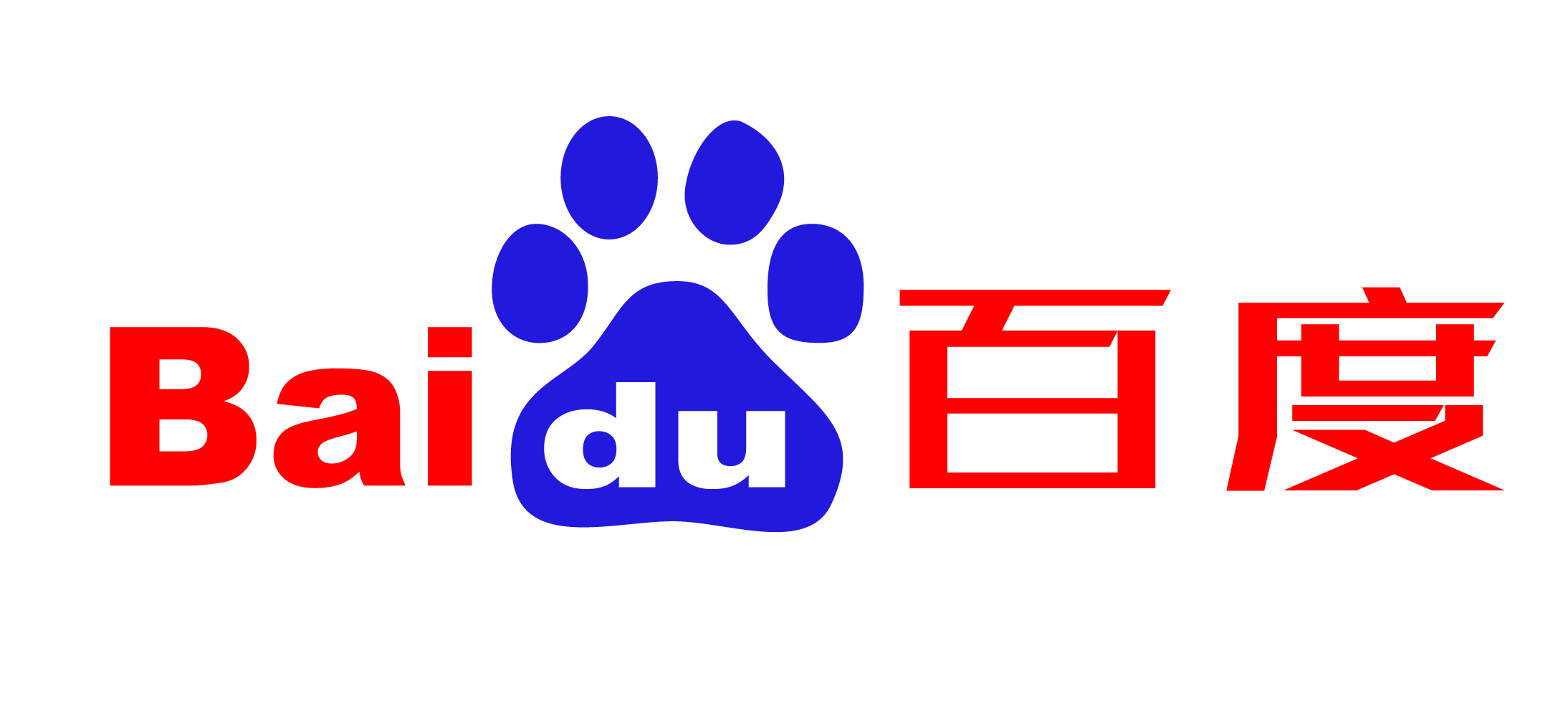前端学习JSJS中的this
JunsJS 中的 this
在 js 里面,this是一个关键字,他的值实际上取决于函数的调用方式。this的作用是指向当前执行代码的对象,在不同的场景下会有不同的值,所以this的指向是动态的。
为什么要用 this?
从概念上理解可能有点费劲,下面举例说明
function identify() {
return this.name.toUpperCase()
}
var me = {
name: 'Kyle',
}
var you = {
name: 'Reader',
}
identify.call(me)
identify.call(you)
|
在没有学习之前我们可能不明白这是为什么,那么可以换一个思路,将context环境对象传给函数:
function identify(context) {
return context.name.toUpperCase()
}
identify(you)
|
结果是一样的,我们其实可以直接把环境对象传入,这样看着就会比较直观。但是,当模式越发复杂的时候,将执行环境作为一个明确的参数传递给函数,就会比较混乱了。
所以this机制可以以一种更优雅的方式来隐含传递
this 的原理
为什么this指向的就是函数运行的执行环境呢?
这里简单描述一下,下面是一个简单的例子
上面这个代码将一个对象赋值给obj,js 引擎会先在内存里面生成一个对象{ foo: 5 },然后把这个对象的内存地址赋值给变量obj
也就是说,obj 其实就只是一个地址。如果读取obj.foo,js 引擎会先从obj拿到内存地址,然后再从地址读出原始对象,然后返回他的foo属性。
这样的结构是很清晰的,但是如果属性的值是一个函数呢?
const obj = { foo: function () {} }
|
这时,js 引擎会把函数单独保存在内存中,然后把函数的地址赋值给foo属性的value属性,所以函数可以在不同的环境中执行
那么就需要一种机制,能够在函数体内部获得当时的运行环境,所以就出现了this,他的设计目的就是在函数体内部,指代函数当前的运行环境
几个规则
默认绑定规则
函数在哪个词法作用域中生效,this就指向哪里
比如:
var a = 1
function fn() {
console.log('🚀 ~ this.a:', this.a)
console.log('🚀 ~ this:', this)
}
fn()
|
解释为:在浏览器的控制台运行,this指向window。这里需要明白一个概念,this所在的函数在哪里生效,那么this就指向这个地方的词法作用域。由于函数没有词法作用域,只有作用域,所以这里指向window这个全局词法作用域。
再来一个例子,把fn放到bar()函数中调用,this指向哪里?
var a = 1
function fn() {
console.log('🚀 ~ this.a:', this.a)
console.log('🚀 ~ this:', this)
}
function bar() {
var a = 2
fn()
}
bar()
|
结果同样还是window,其实就如同上面说的一样,this指向函数生效的词法作用域,this在bar()中被调用,所以指向window
再看一个:
function fn() {
function bar() {
console.log('🚀 ~ this:', this)
}
bar()
}
fn()
|
原理同上,因为函数没有词法作用域,所以向上找到window这个全局作用域
总结:独立调用的函数this指向window,因为this指向词法作用域而函数没有词法作用域,只能指向全局词法作用域window
隐式绑定规则
当一个函数被对象拥有,且调用时,函数的this指向对象
function fn() {
console.log('🚀 ~ this.a:', this.a)
console.log('🚀 ~ this:', this)
}
var obj = {
a: 1,
fn,
}
obj.fn()
|
这并不是独立调用,this指向obj
当函数被多个对象链式调用时,this就指向引用函数的那个对象
var obj = {
a: 1,
fn,
}
var obj2 = {
a: 2,
obj,
}
function fn() {
console.log('🚀 ~ this.a:', this.a)
console.log('🚀 ~ this:', this)
}
obj2.obj.fn()
|
隐式丢失
一个常见的关于 this 的问题就是被隐式丢失
function fn() {
console.log(this.name)
}
const obj = {
name: '111',
fn,
}
const func = obj.fn
var name = 'windowName'
func()
|
这就是直接独立调用 fn 函数,而不是在 obj 环境中调用了,所以说this指向window
当然更加常见且容易出错的一种情况是传入回调函数的时候:
function fn() {
console.log(this.name)
}
function foo(callback) {
callback()
}
const obj = {
name: '111',
fn,
}
var name = 'windowName'
foo(obj.fn)
|
这也可以解释,运行 foo 的时候环境是 window,传入的回调函数的环境自然也是 window,这也就造成了this指向window。由此我们就可以推断出,如果我们吧函数传给语言内置的函数,结果也是一样的了。
function fn() {
console.log(this.name)
}
const obj = {
name: '111',
fn,
}
var name = 'windowName'
setTimeout(obj.fn, 100)
|
而且调用回调函数的那个函数可能会修改 this,所以说这就很容易出问题。
显式绑定
call,bind,apply,那就是直接指向绑定过去的了
function fn() {
console.log('🚀 ~ this.a:', this.a)
console.log('🚀 ~ this:', this)
}
var obj = {
a: 1,
}
let bar = fn.bind(obj)
bar()
|
他们也是硬绑定,在之后不能再修改this指向
function fn() {
console.log(this.name)
}
const obj = {
name: '111',
}
const foo = function () {
console.log(this.name)
fn.call(obj)
}
var name = 'windowName'
foo()
foo.call(window)
foo.call(obj)
setTimeout(foo, 100)
|
new 绑定
指向实例对象
function Person(name, age) {
this.name = name
this.age = age
}
var person1 = new Person('Alice', 25)
console.log(person1.name)
console.log(person1.age)
|
箭头函数
箭头函数没有自己的this,在它内部使用this就是定义时上层作用域中的this,所以说箭头函数的 this 在定义时就已经确定了。
var name = 'windowName'
var person = {
name: 'pp',
say: () => {
console.log(this.name)
},
say2: function () {
console.log(this.name)
},
say3: function () {
console.log(this.name)
const fn = () => {
console.log(this.name)
}
fn()
},
}
person.say()
let fn = person.say
fn()
person.say2()
let fn2 = person.say2
fn2()
person.say3()
let fn3 = person.say3
fn3()
|
总结
可以简单理解为,this 指代的是调用这个函数的对象。
- 当直接调用函数时,就是指
globalThis对象(在浏览器中为 window,在 node 环境中为 global)。
- 当函数作为对象的方法时,
this指的就是这个对象。
练习
var myObj = {
name: ' 北宸 ',
showThis: function () {
this.name = ' 南蓁 '
console.log(this)
},
}
var foo = myObj.showThis
foo()
myObj.showThis()
|
var myObj = {
name: ' 北宸南蓁 ',
showThis: function () {
console.log('showThis:', this)
function inner() {
console.log('inner', this)
}
inner()
},
}
myObj.showThis()
|
const myObj = {
name: '111',
showThis: function () {
console.log('showThis:', this)
const self = this
function inner() {
self.name = '222'
console.log('inner:', self)
}
inner()
},
}
myObj.showThis()
console.log(myObj.name)
|
var myObj = {
name: '111',
showThis: function () {
console.log('showThis:', this)
var inner = () => {
console.log('inner:', this)
}
inner()
},
}
myObj.showThis()
|
var a = 5
console.log('🚀 ~ this.a:', this.a)
function test() {
this.a = 1
console.log('🚀 ~ this.a:', this.a)
}
let b = test()
console.log('🚀 ~ this.a:', this.a)
|
window.name = 'ByteDance'
function A() {
this.name = 123
}
A.prototype.getA = function () {
console.log(this)
return this.name + 1
}
let a = new A()
let funcA = a.getA
funcA()
|
window.name = 'ByteDance'
function A() {
this.name = 123
}
A.prototype.getA = function () {
console.log(this)
return this.name + 1
}
let a = new A()
a.getA()
|
window.name = 'ByteDance'
class A {
constructor() {
this.name = 123
}
getA() {
console.log(this)
return this.name + 1
}
}
let a = new A()
let funcA = a.getA
funcA()
|
window.name = 'ByteDance'
class A {
constructor() {
this.name = 123
}
getA() {
console.log(this)
return this.name + 1
}
}
let a = new A()
a.getA()
|
var length = 10
function fn() {
console.log(this)
console.log(this.length)
}
var obj = {
length: 5,
method: function (fn) {
fn()
arguments[0]()
},
}
obj.method(fn, 1)
|
对于上一题,如何让fn()输出obj的length呢?
var length = 10
function fn() {
console.log(this.length)
}
var obj = {
length: 5,
method: function (fn) {
fn.call(obj)
},
}
obj.method(fn, 1)
|
window.val = 1
var obj = {
val: 2,
dbl: function () {
this.val *= 2
val *= 2
console.log('val:', val)
console.log('this.val:', this.val)
},
}
obj.dbl()
var func = obj.dbl
func()
|
参考文章
- 以函数的形式调用时,this 永远都是 window
- 以方法的形式调用时,this 就是调用方法的对象
- 以构造函数的形式调用时,this 就是新创建的对象
- 使用 call 和 apply 调用时,this 就是指定的那个对象
- 在全局作用域中 this 代表 window




